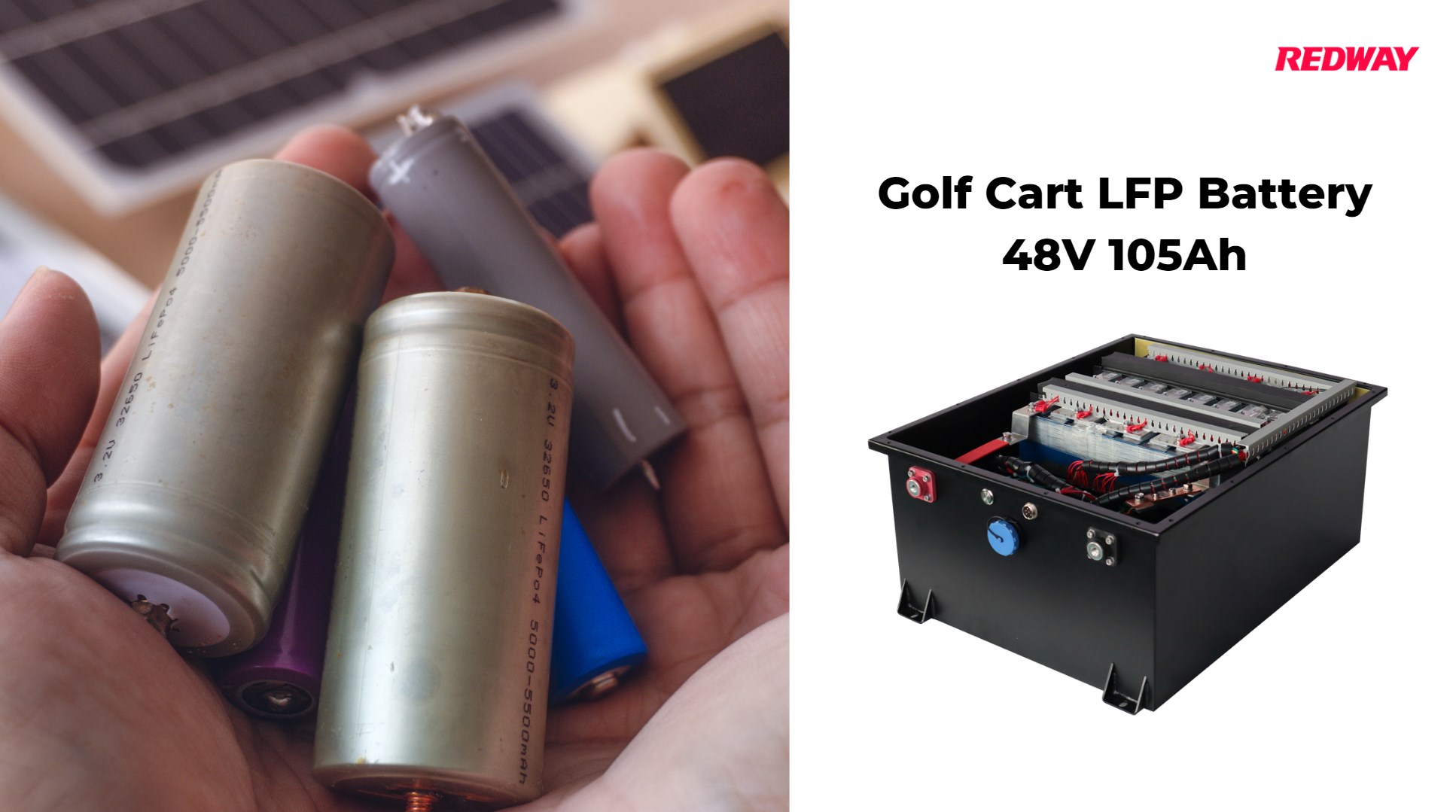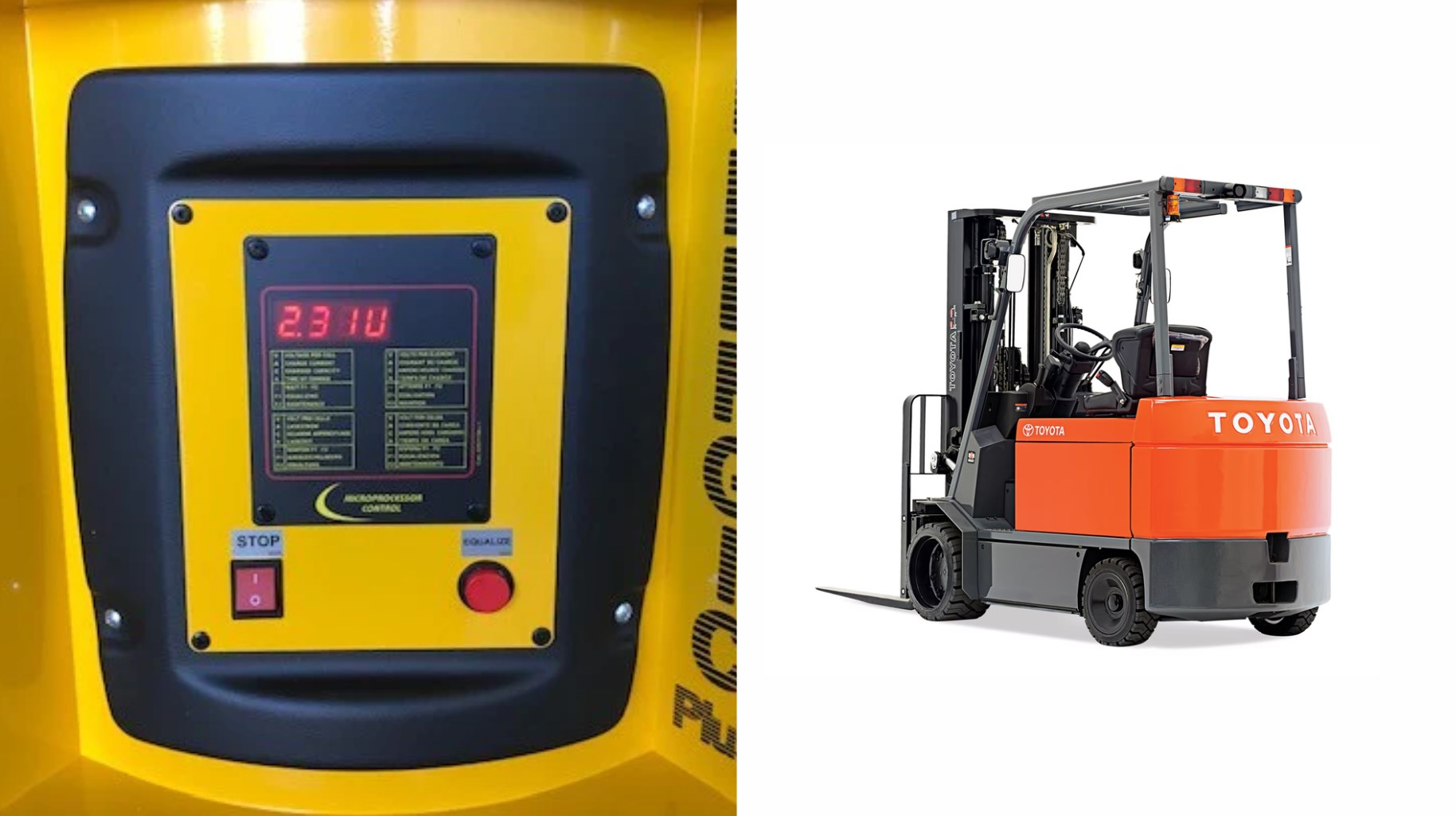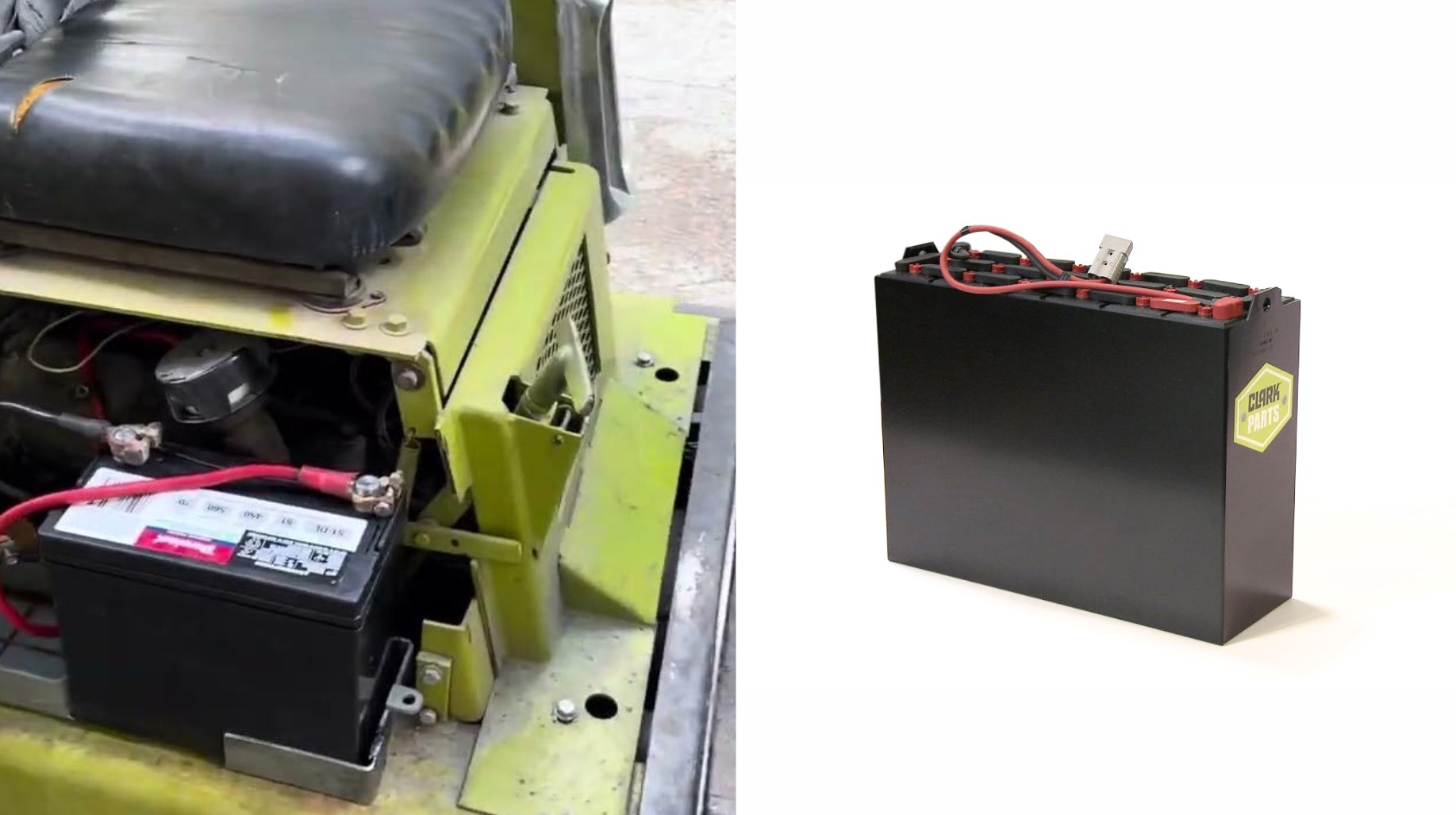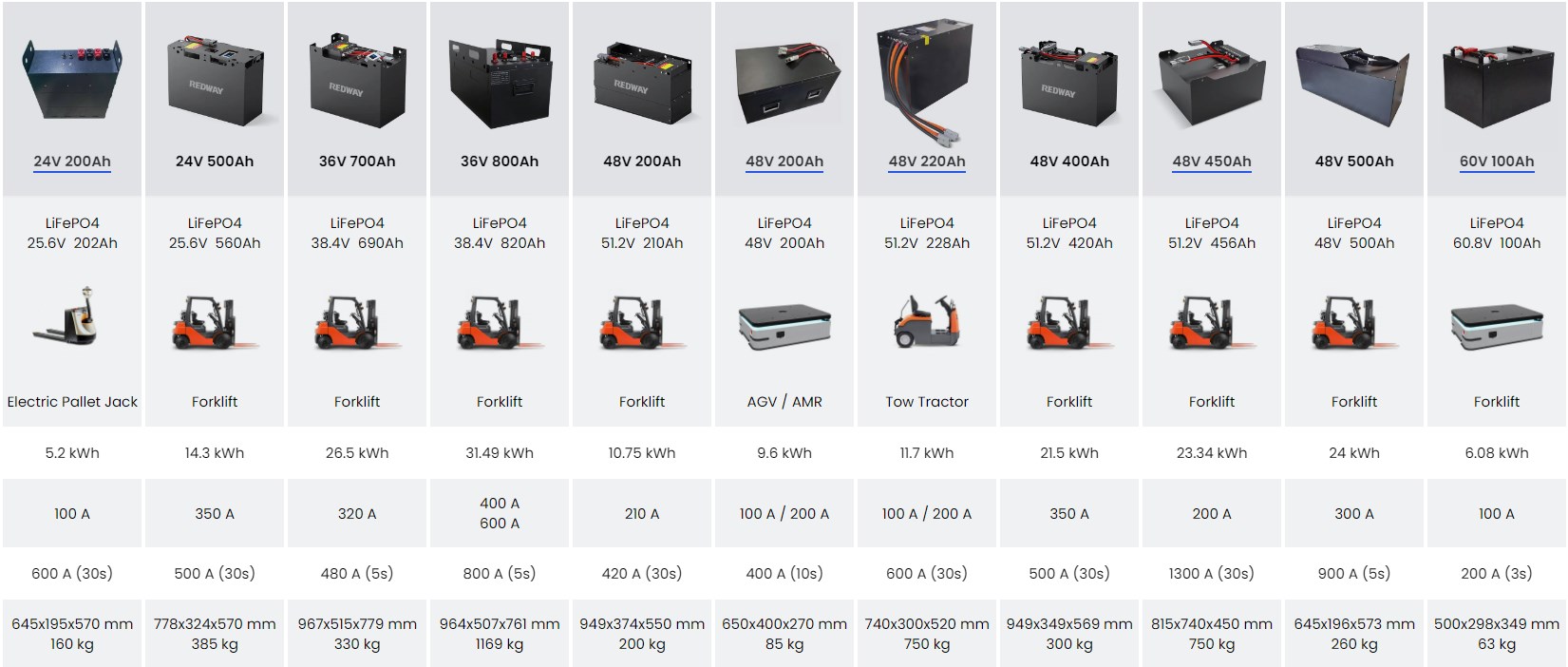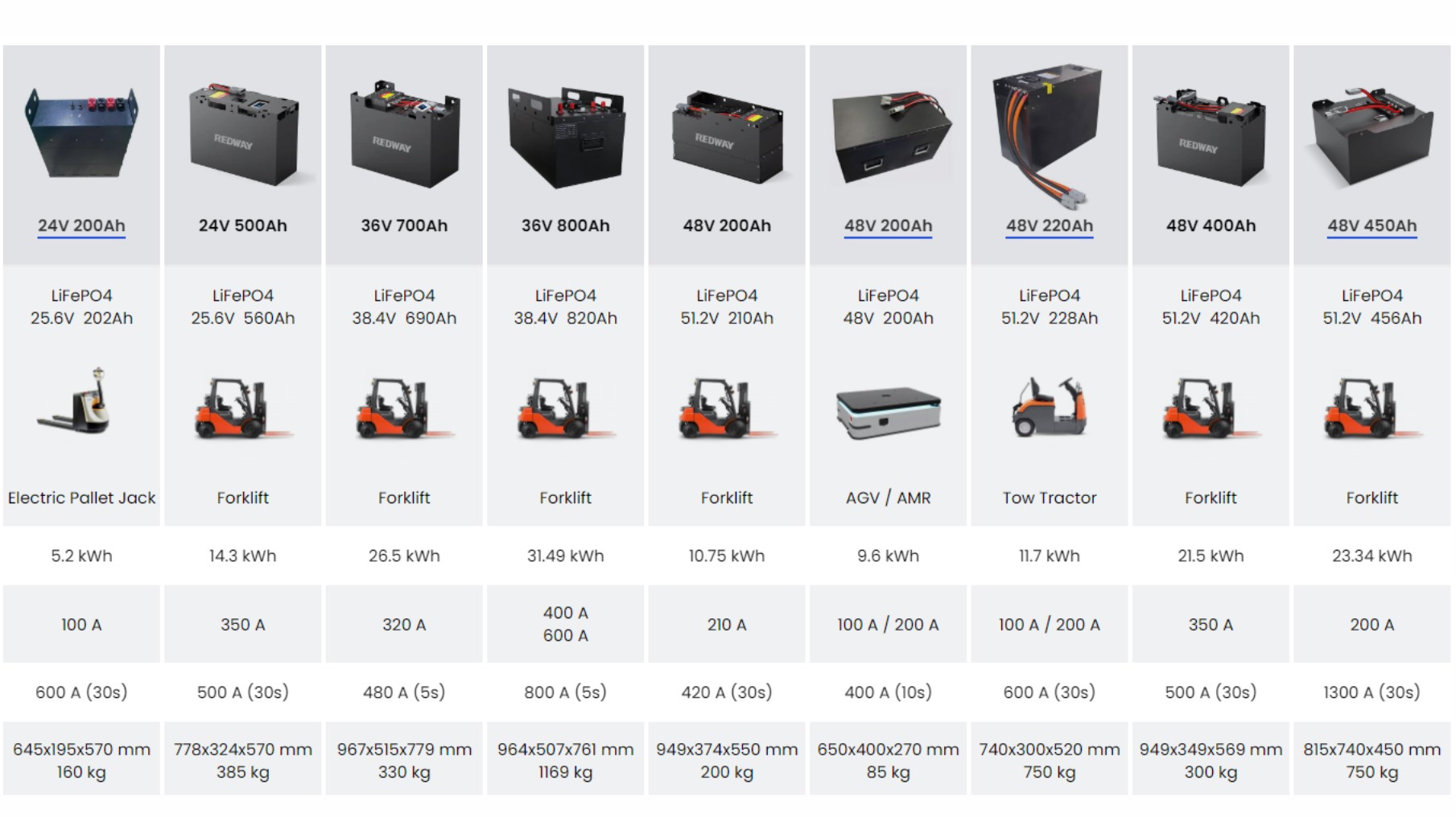What is the Chemistry Behind LiFePO4 Batteries?
A lithium iron phosphate (LiFePO4) battery is a type of rechargeable lithium-ion battery that uses lithium iron phosphate as its cathode material. Known for their stability and safety features, these batteries are widely used in various applications ranging from electric vehicles to renewable energy storage systems.
LiFePO4 batteries use lithium iron phosphate as the cathode material. During charging and discharging, lithium ions move between the cathode and anode (usually graphite), allowing the battery to store and release energy efficiently.
How Does the Chemistry of LiFePO4 Batteries Work?
The chemistry involves lithium ions moving in and out of the iron phosphate structure during charge and discharge cycles. This movement generates electrical energy, making LiFePO4 batteries stable and efficient for various applications.
What Are the Key Components of LiFePO4 Batteries?
Key components include:
- Cathode: Made from lithium iron phosphate (LiFePO4), providing structural stability.
- Anode: Typically composed of graphite, where lithium ions are stored during charging.
- Electrolyte: A lithium salt solution that facilitates ion movement between electrodes.
- Separator: A porous membrane that prevents short-circuiting while allowing ion flow.
What Are the Advantages of Using LiFePO4 Batteries?
Advantages of LiFePO4 batteries include high safety, long lifespan (over 4,000 cycles), fast charging capabilities, and environmental friendliness due to non-toxic materials. They are also less prone to overheating compared to other lithium-ion batteries.
LiFePO4 batteries offer several advantages:
- Enhanced safety due to thermal stability; they are less prone to overheating or combustion.
- Longer cycle life, often exceeding 3,000 charge cycles.
- Environmentally friendly materials, as they do not contain toxic metals like cobalt or nickel.
How Do LiFePO4 Batteries Compare to Other Lithium-Ion Batteries?
LiFePO4 batteries offer superior safety and longer lifespans compared to other lithium-ion types. While typical lithium-ion batteries last around 500-3,000 cycles, LiFePO4 can last over 4,000 cycles, making them more reliable for long-term use.
Know More:
What Are the Benefits of Using LiFePO4 Golf Cart Batteries?
What is the Chemistry Behind LiFePO4 Batteries?
LiFePO4 Batteries vs Lead-Acid Batteries for Golf Carts
What Are the Key Components of a LiFePO4 Golf Cart Battery?
What Is the Charging and Discharging Process of LiFePO4 Batteries?
During charging, lithium ions move from the cathode to the anode, storing energy. When discharging, these ions flow back to the cathode, releasing energy to power devices. This process is efficient and maintains a stable voltage throughout.
What Safety Features Are Associated with LiFePO4 Batteries?
LiFePO4 batteries have several safety features, including resistance to thermal runaway, low risk of fire or explosion, and robust thermal stability. These characteristics make them safer than many other lithium-ion batteries.
Safety features include:
- Thermal stability that prevents thermal runaway.
- Chemical stability that mitigates risks during overcharging or short-circuiting.
- Robust structural integrity that resists damage under extreme conditions.
How Do Environmental Factors Affect LiFePO4 Battery Performance?
Environmental factors like temperature can impact performance. LiFePO4 batteries work best in moderate temperatures (10°C to 40°C). Extreme heat or cold can reduce efficiency and lifespan, so proper storage conditions are essential.
What Is the Lifespan of a LiFePO4 Battery?
The lifespan of a LiFePO4 battery typically ranges from 6 to 10 years or over 4,000 charge-discharge cycles. With proper care and usage, they can provide reliable service for a decade or more.
How Are LiFePO4 Batteries Manufactured?
LiFePO4 batteries are manufactured by combining lithium iron phosphate with graphite in a controlled environment. The materials are processed into electrodes, assembled into cells, and then packaged into battery packs with protective circuitry for safety.
What Applications Are Best Suited for LiFePO4 Batteries?
LiFePO4 batteries are ideal for applications like electric vehicles, renewable energy storage systems (such as solar), backup power supplies, and portable electronics due to their safety, longevity, and efficiency.
LiFePO4 batteries are widely used in applications such as:
- Electric vehicles
- Renewable energy storage systems
- Power tools
- Medical devices
These applications benefit from their safety features and long cycle life.
Expert Views
“Understanding the chemistry behind LiFePO4 batteries is crucial for leveraging their advantages in various applications,” states an expert from Redway. “Their unique properties make them a go-to choice for industries prioritizing safety without sacrificing performance.”
Conclusion
In summary, the chemistry behind lithium iron phosphate (LiFePO4) batteries involves complex interactions between lithium ions and electrodes that contribute to their efficiency, safety, and longevity. By understanding these mechanisms, users can make informed choices about utilizing this technology in various applications.
FAQ Section
- What is a lithium iron phosphate battery?
It is a type of rechargeable lithium-ion battery that uses lithium iron phosphate as its cathode material. - How does charging work in a LiFePO4 battery?
During charging, lithium ions move from the cathode to the anode through an electrolyte while electrons flow through an external circuit. - What are common applications for LiFePO4 batteries?
They are commonly used in electric vehicles, renewable energy storage systems, power tools, and medical devices.

